Different Types of Stove Ignition Systems
Updated: 21 Jul 2024
428
Did you know that the average lifespan of a stove igniter might be far shorter than the stove itself? This often overlooked component is crucial for your kitchen’s daily operations, but when it fails, it can turn cooking into a frustrating challenge. Whether it’s an old-fashioned matchstick igniter struggling to catch a flame or a modern electric igniter that won’t spark, knowing how to handle these issues can save you from a cooking catastrophe.
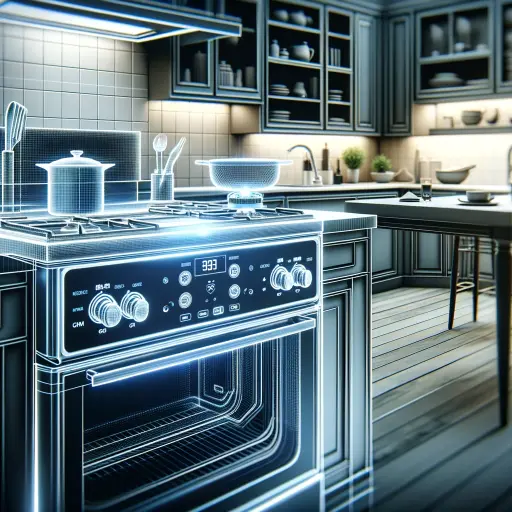
“In the world of cooking, the fire must be prompt; as should the means to light it,” says a renowned chef. This quote highlights the essential nature of a reliable ignition system. In this post, we’ll discuss the different types of stove igniters—from the traditional to the technologically advanced—and provide practical tips on maintaining them to ensure they’re always ready when you are.
The Importance of Stove Ignition Systems
Convenience and Safety
Stove ignition systems significantly enhance the convenience and safety of modern cooking. Gone are the days when you had to use matches or manually light your stove, a process fraught with potential hazards.
Today’s ignition systems allow you to start your stove with the simple turn of a dial or press of a button, minimizing the risk of gas leaks accidental fires, or gas stove explosions. This ease of use not only speeds up the cooking process but also makes it safer, especially in homes with children or elderly individuals.
Energy Efficiency
In addition to convenience and safety, modern stove ignition systems also contribute to increased energy efficiency. Systems like electric and electronic igniters are designed to provide a precise amount of heat on demand, reducing wasted gas and electricity. This efficiency not only helps in conserving energy but also aids in reducing household utility bills, making it an environmentally friendly choice for energy-conscious consumers.
Types of Stove Ignition Systems
Manual Ignition and Its Pros and Cons
Manual ignition is a traditional method that involves lighting the stove using a matchstick or lighter. This method requires direct interaction to ignite the gas from the burner.
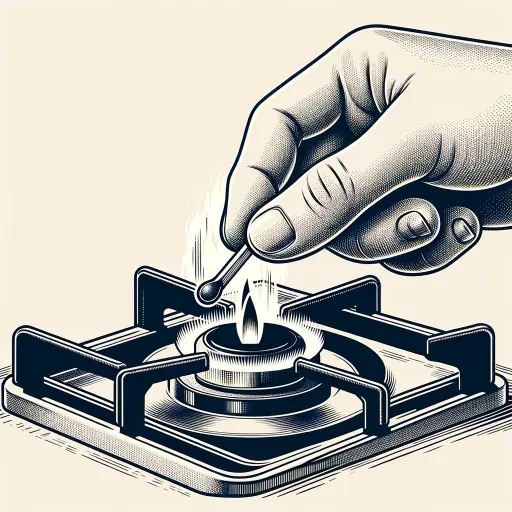
Pros
- Simple and Reliable: The process is straightforward and has been used reliably for many years.
- No Dependency on Electricity: This type of ignition does not require any electrical power, making it useful in areas with frequent power outages.
Cons
- Requires External Ignition Sources: You always need to have matches or a lighter available.
- Slightly Less Safe: The use of open flames during ignition increases the risk of accidental fires.
Automatic Ignition
Automatic ignition systems provide a more modern approach by igniting burners without the need for manual intervention. There are different types of auto-ignition stoves each having its own advantages and disadvantages
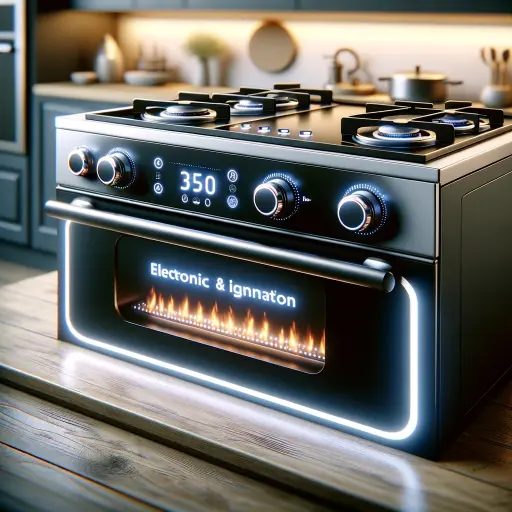
Subtypes of Automatic Ignition
Battery-Operated Auto Ignition
Utilizes replaceable batteries to generate sparks that ignite the gas. This system is commonly found in portable stoves and some home models.
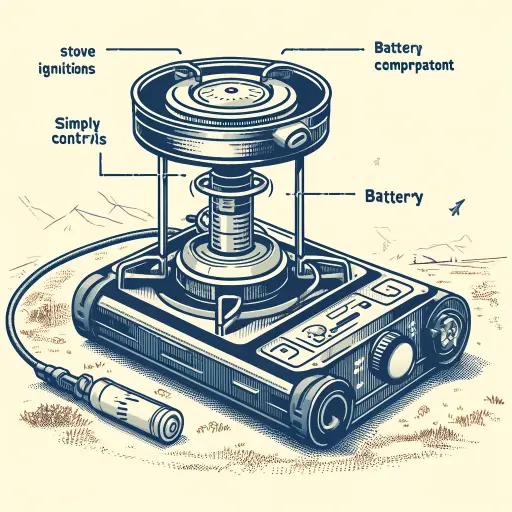
Pros:
- Convenient: Allows for easy startup of the stove with just the turn of a knob.
- Portable: Ideal for outdoor or portable stoves where electricity is not available.
Cons:
- Requires Battery Replacements: Dependence on batteries means they must be replaced periodically, which can be inconvenient and incur additional cost.
Battery-less Electric Auto Ignition
Relies solely on electricity to generate the necessary sparks for ignition through the household power supply.
Pros:
- Seamless Operation: Provides quick and easy ignition without the need for physical effort or external tools.
- Energy Efficient: Typically uses a minimal amount of electricity and ignites only when activated.
Cons:
- Dependent on Power Supply: In the event of a power outage, this system will not function, which can be a significant disadvantage in areas with unreliable electricity.
Piezoelectric Auto Ignition:
Generates an electric charge through mechanical deformation, often by pressing a button that strikes a crystal to produce a spark.
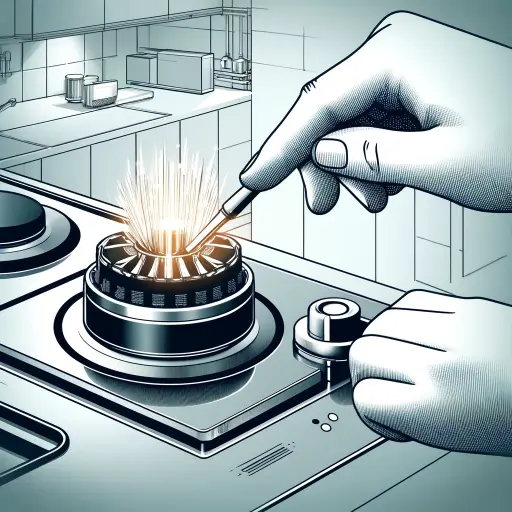
Pros:
- No External Power Needed: Operates independently of household electricity or batteries, making it highly reliable.
- Durable: The piezoelectric component is typically robust and long-lasting.
Cons:
- Mechanical Wear and Tear: While generally reliable, the mechanical parts can wear out over time and may require maintenance or replacement.
Each type of ignition system offers its set of benefits and drawbacks, catering to different needs and preferences. Understanding these can help you choose the most appropriate stove ignition system for your home or outdoor adventures.
Pilot Light Ignition
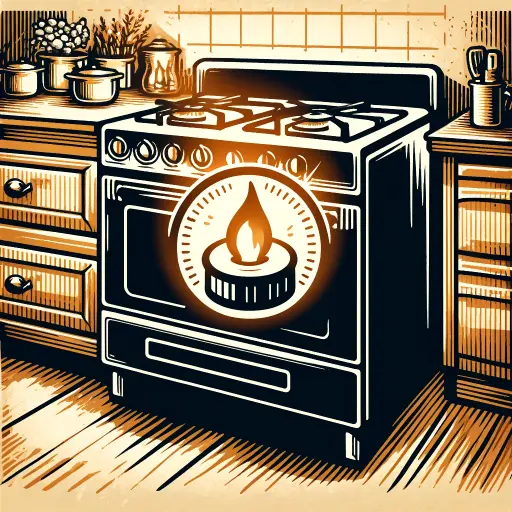
How it Works
The pilot light ignition system is one of the oldest types of stove igniters. It works by maintaining a small, continuously burning flame that ignites the gas when the stove is turned on. This flame is kept alive by a small flow of gas, ensuring that the burner can be ignited at any moment.
Advantages
- Simplicity: The design of pilot light systems is straightforward, which makes them durable and easy to repair. Their simplicity also contributes to their longevity and reliability in providing immediate ignition.
- Reliability: Due to fewer mechanical parts that can fail, pilot light systems are considered highly reliable. They continue to function even during power outages, making them particularly useful in areas prone to electrical disruptions.
Disadvantages
- Constant Gas Consumption: One of the significant drawbacks of pilot light systems is their continuous gas consumption. Even when the stove is not in use, the pilot light burns gas, which can add to energy costs over time.
- Safety Concerns: The continuous flame poses a kitchen safety hazard, especially in the case of gas leaks. If not monitored, it could potentially lead to dangerous situations.
Electronic Ignition Systems
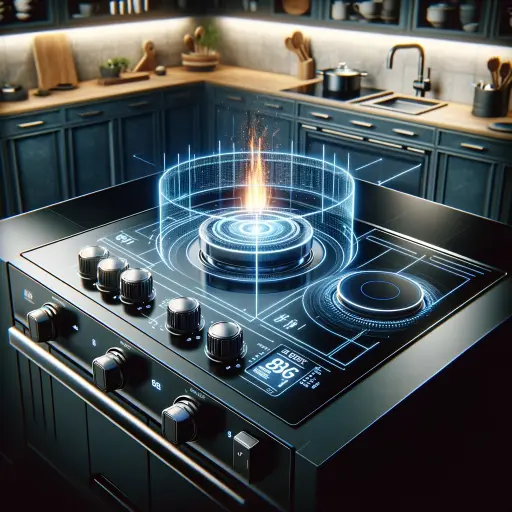
Spark Ignition
How it Works
Spark ignition systems utilize an integrated spark generator to ignite the gas burners on a stove. When the stove’s control is turned on, the spark generator produces a high-voltage spark. This spark is then directed to the burner through electrical wires, igniting the gas almost instantaneously. This system is widely used due to its efficiency and reliability in burner ignition. Furthermore, you can easily convert your pilot light stove to electric ignition.
Advantages
- Energy Efficiency: Spark ignition systems only generate sparks when the stove is turned on, reducing wasted energy compared to systems like the pilot light, which burns continuously.
- Safety Features: These systems enhance safety by eliminating the need for a continuously burning pilot flame, reducing the risks associated with gas leaks and accidental fires.
Disadvantages
- Potential Electrical Issues: Spark ignitions depend on electrical components, which can be prone to failures due to wiring issues, component malfunctions, or power outages, potentially leading to ignition failures.
Glow Bar Ignition
How it Works
Glow bar ignition systems use an electrically heated ceramic element, known as a glow bar, to ignite the gas. When the appliance is turned on, the glow bar heats up to a high temperature, glowing bright red. This heat ignites the gas as it is released from the burner, ensuring consistent ignition.
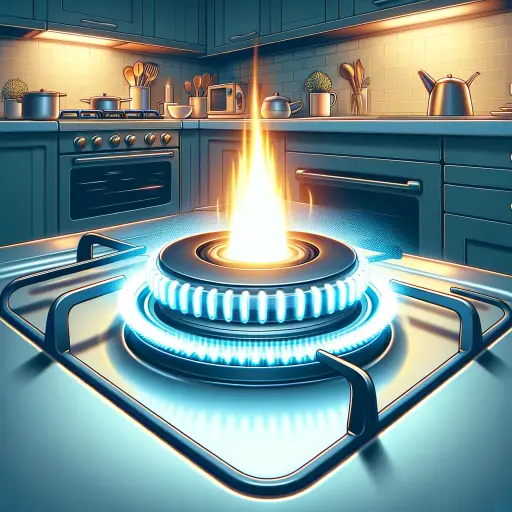
Advantages
- Durability: Glow bars are built to withstand high temperatures and frequent use, making them highly durable.
- Consistent Performance: These igniters provide a consistent performance, ensuring that the gas ignites reliably every time the stove is turned on.
Disadvantages
- Potential for Delayed Ignition: Since the glow bar needs to heat up before it can ignite the gas, there can be a slight delay in ignition. This delay, although minor, can be noticeable compared to the instant spark of spark ignition systems.
Choosing the Right Ignition System for You
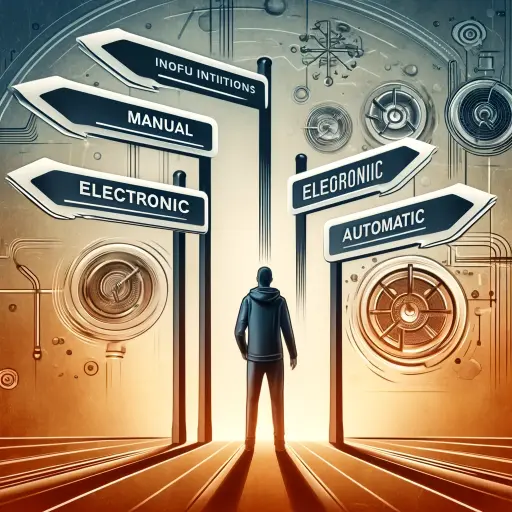
Factors to Consider
- Cooking Habits: Consider how often you cook and what types of dishes you prepare. Frequent cooking or cooking at high volumes may benefit from a more robust and quick-to-ignite system like an electronic ignition.
- Budget: Manual ignitions are typically less expensive upfront but may involve ongoing costs for matches or lighters. Electronic systems, while more costly initially, could offer savings in the long run through energy efficiency.
- Safety Preferences: If safety is a paramount concern, especially in households with young children or elderly residents, an automatic ignition system might be preferable to avoid the open flames of manual ignitions.
Comparing Features
Here’s a comparison table to illustrate the differences between traditional manual ignition systems and modern electronic ignition systems for stoves:
| Feature | Manual Ignition | Electronic Ignition |
|---|---|---|
| Initial Cost | Typically lower | Higher due to advanced technology |
| Operational Cost | No additional costs unless replacing lighters or matches | Lower in the long term (reduces gas usage) |
| Installation Complexity | Simple, no additional installation required | May require professional installation |
| Dependence on Electricity | None | Required for operation (except piezoelectric) |
| Safety | Risk of open flames; manual operation needed | Advanced safety features like automatic shut-offs and flame safeguards |
| Maintenance | Minimal; primarily replacing ignition sources | May require battery changes or electrical maintenance |
| Environmental Impact | Neutral | Reduced gas consumption; more eco-friendly |
| Convenience | Less convenient; requires manual effort | Highly convenient with push-button operation |
Maintaining Your Stove Ignition System
Here are some maintenance guidelines:_
Cleaning the Igniter
- Spark or Glow Bar: Regular cleaning of the igniter is crucial for both spark and glow bar systems to prevent buildup that can lead to malfunctions. Simple brushing or wiping with appropriate cleaners can ensure effective operation.
Troubleshooting Common Issues
Here are a few common problems and quick solutions:-
- No Spark: This could be due to a faulty spark module, dirty igniter electrode, or issues with electrical connections. Checking and cleaning the electrode or resetting the connections can often resolve this issue.
- Weak Flame: Often caused by clogged burner ports or low gas pressure. Cleaning the burners or adjusting the gas connection can help improve the flame.
Common Questions on Different Stove Ignition Systems
Can I retrofit my old stove with a new ignition system?
Feasibility and Cost Considerations: Retrofitting an old stove with a new ignition system is feasible but depends on the model and design of the stove. While retrofit kits are available for many models, the complexity of installation can vary. Costs can range from a simple part replacement to a significant investment if professional installation is needed. It’s crucial to weigh the cost against the benefits of efficiency and safety enhancements.
Are there safety features integrated with electronic ignition systems?
Flame Safeguard Technology and Automatic Shut-off Features: Modern electronic ignition systems often come with integrated safety features. Flame safeguard technology ensures that the gas valve remains closed if no flame is detected, preventing gas leaks.
Additionally, automatic shut-off features can detect unsafe conditions, such as continuous gas flow without ignition, and disable the stove to prevent accidents. These features significantly enhance the safety of using stoves, particularly in busy or family environments.
What are the environmental benefits of different ignition systems?
Reduced Gas Consumption of Electronic Ignition: Electronic ignition systems are generally more environmentally friendly than traditional pilot light systems. By eliminating the need for a constantly burning pilot light, these systems reduce gas consumption, which in turn lowers greenhouse gas emissions.
This efficiency not only contributes to environmental sustainability but also reduces energy costs for users. Moreover, the precision of electronic systems in managing the gas flow during cooking means less fuel is wasted, further enhancing their green credentials.
Igniter Sparks But Burner Doesn’t Light:
This can indicate a clogged burner port. Clean the ports to ensure gas can flow freely.
Igniters and Discontinued Models:
For stoves from manufacturers that have gone out of business, consider universal replacement kits or consulting with a professional for a custom solution.
Conclusion
Understanding and maintaining your stove’s ignition system is crucial for both optimal performance and safety. Whether you’re using a manual, electronic, or advanced auto-ignition system, regular maintenance such as cleaning and checking connections can significantly prolong the life of your stove and ensure it operates safely and efficiently.
Addressing common issues like non-sparking igniters or weak flames through straightforward troubleshooting steps can save time and money, avoiding the need for professional intervention.
However, for more complex issues or when retrofitting older models with new systems, professional advice or assistance might be necessary. By staying informed and proactive about your stove’s ignition system, you can enhance your cooking experience, increase safety, and reduce environmental impact, making every meal preparation smooth and enjoyable.
Please Write Your Comments